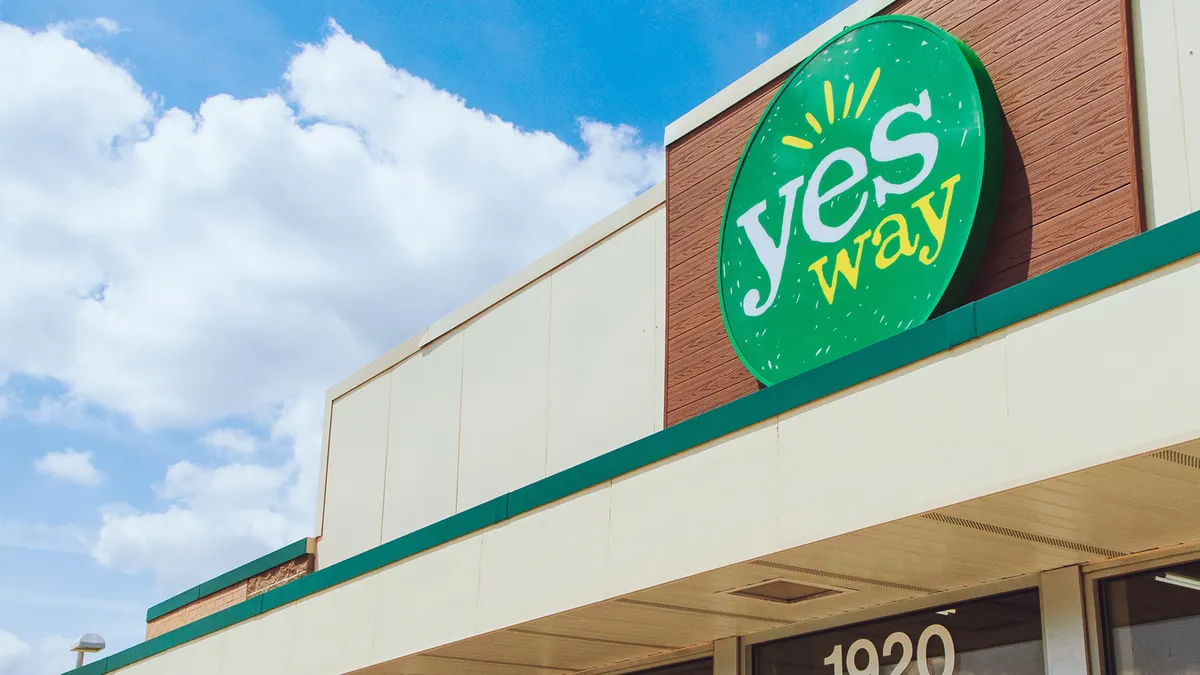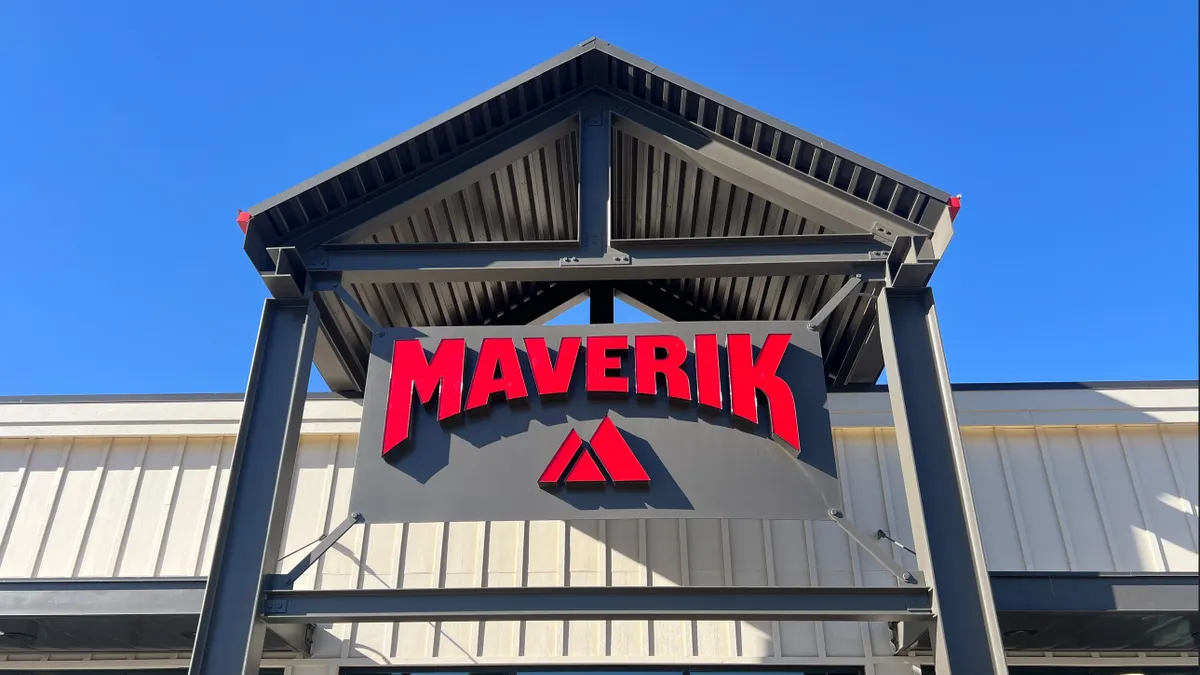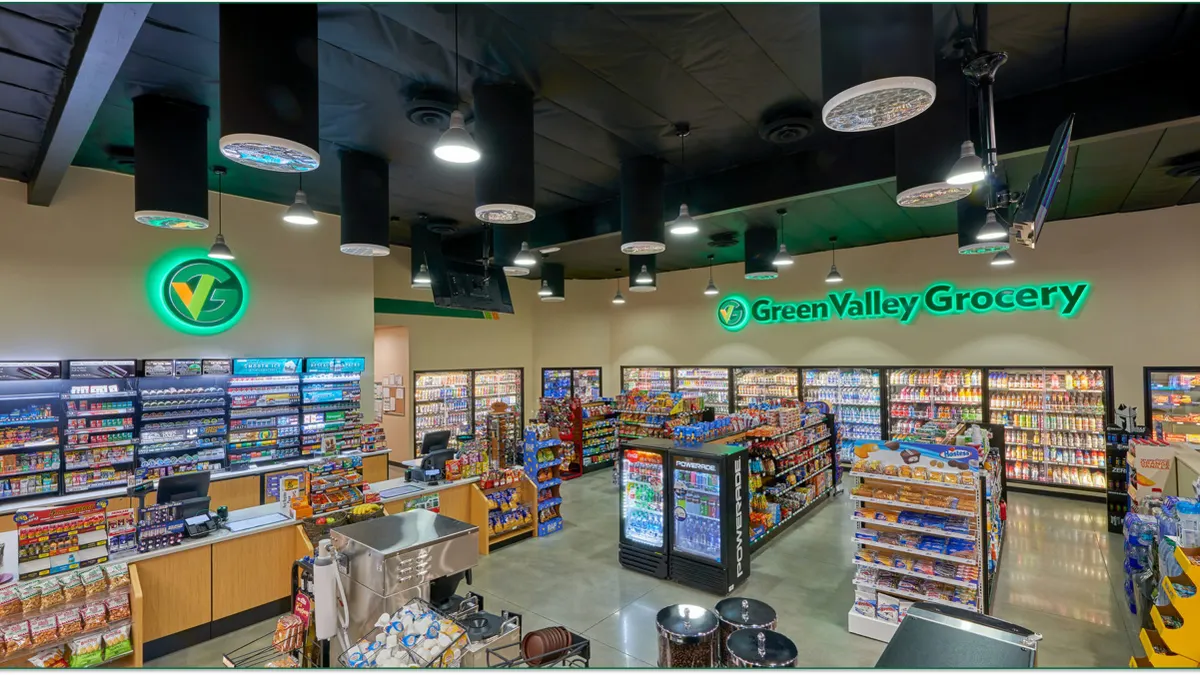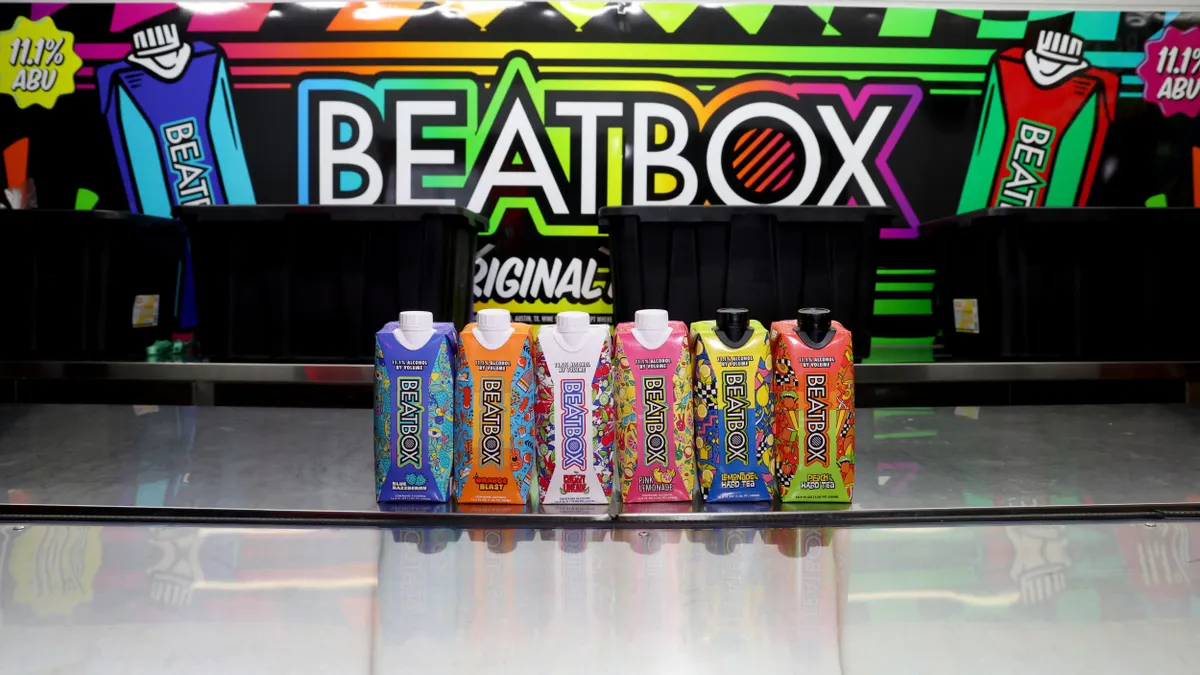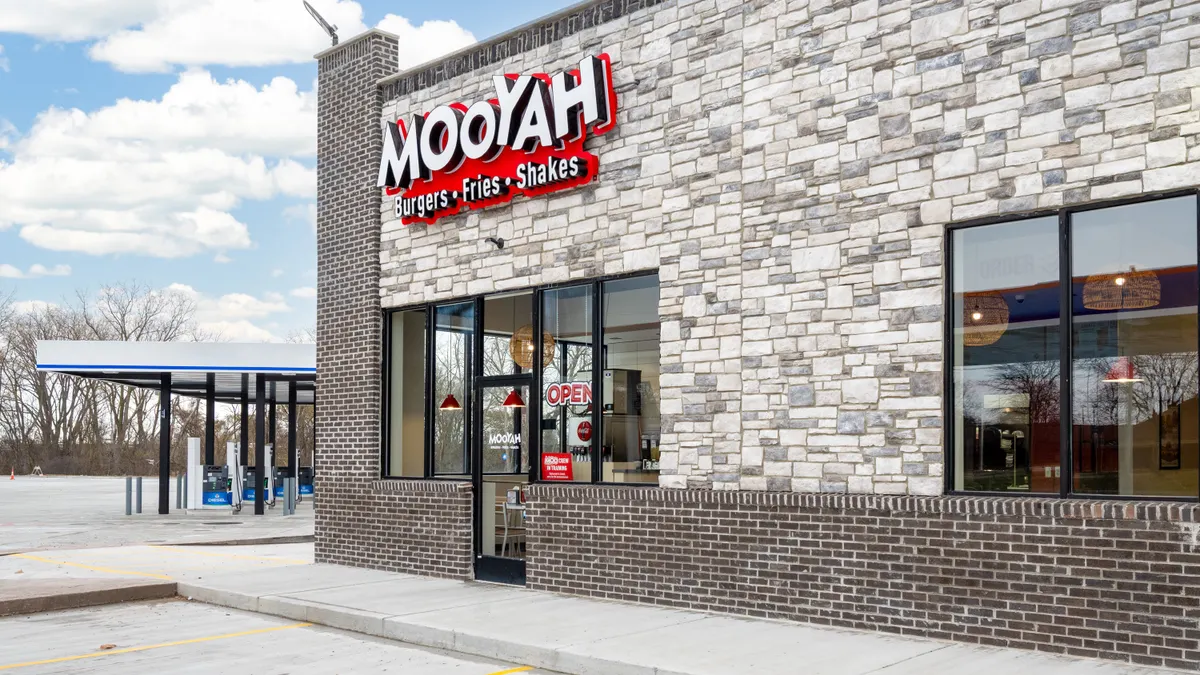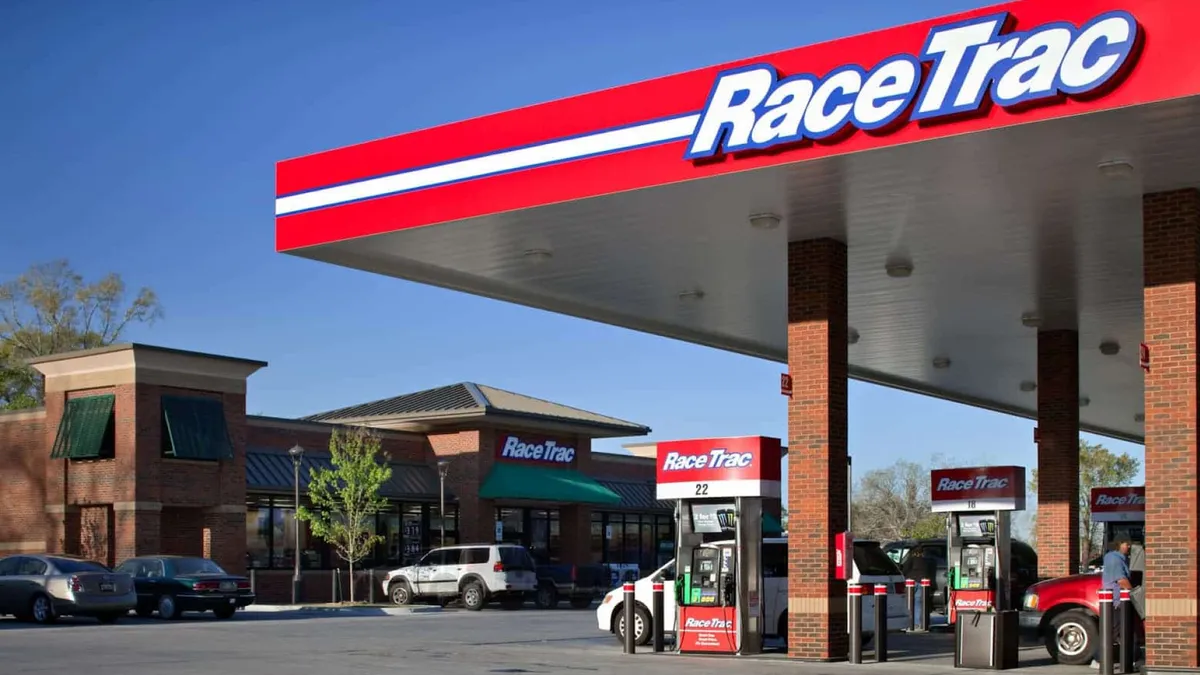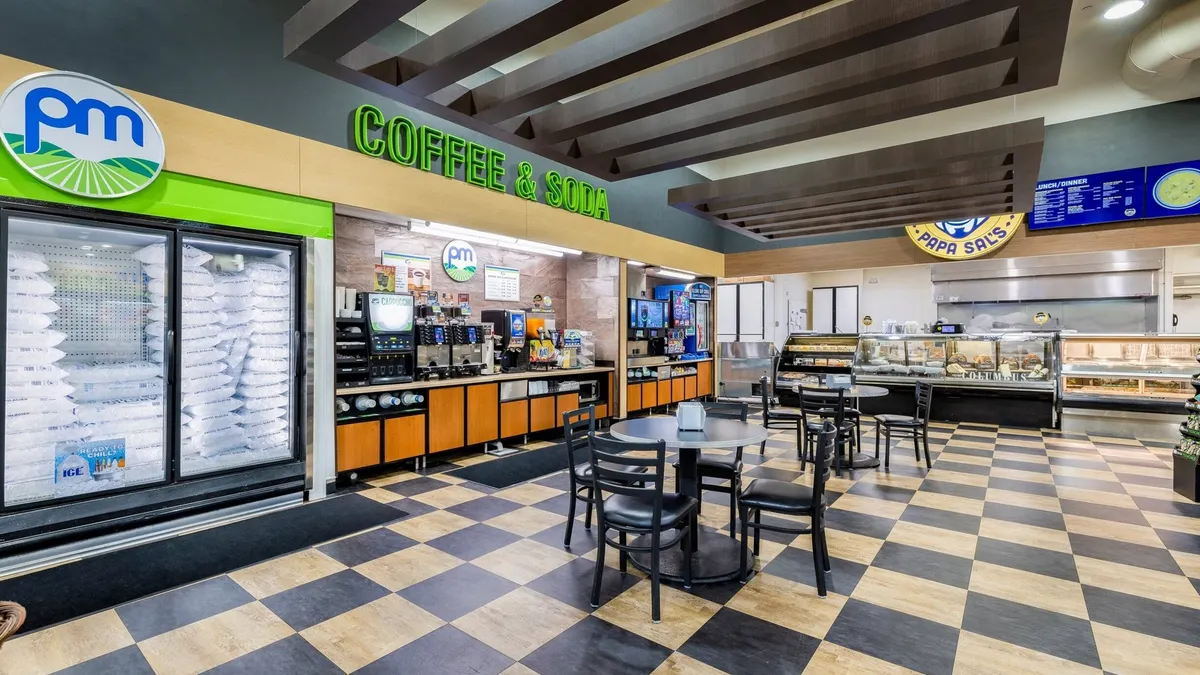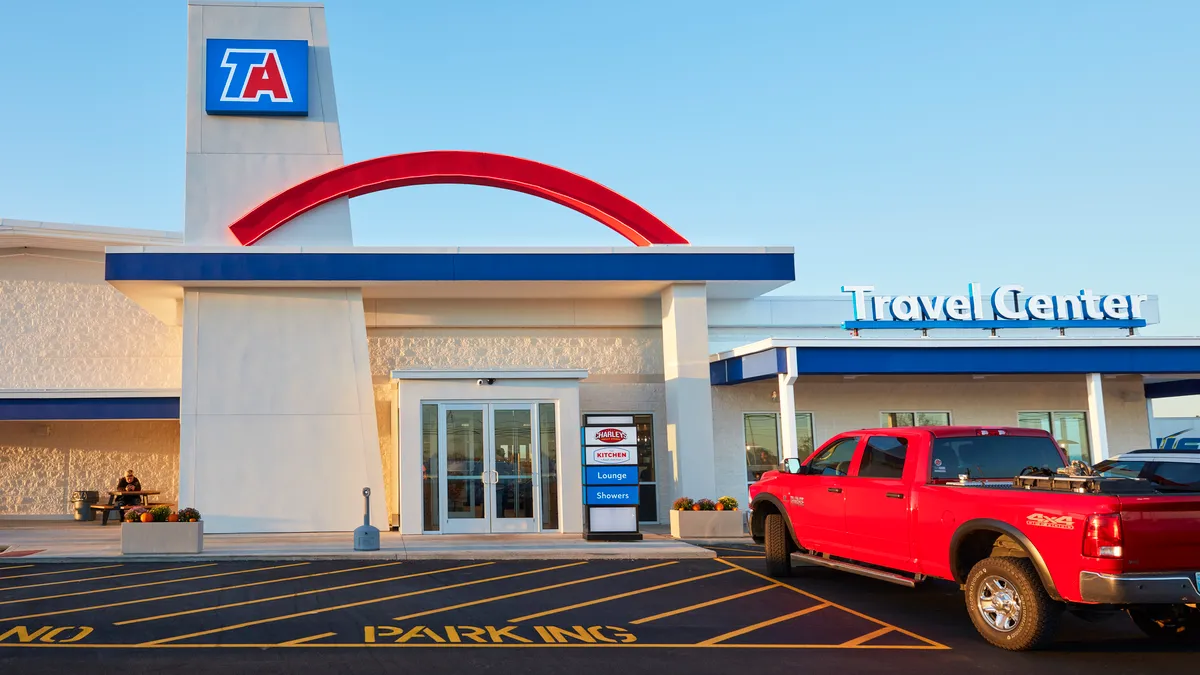An analysis of shoplifting in three major U.S. cities — Chicago, Los Angeles and New York — shows varying trends, in part due to local differences and in part due to questions about the underlying data, according to two studies on the issue from the Council on Criminal Justice released Wednesday.
Retailers’ problem with shoplifting is especially acute this time of year. Because so many shoppers head to physical stores during the holiday quarter, shoplifting spikes in November and December, sometimes “considerably,” according to the report. In the first half of this year, shoplifting in 23 U.S. metro areas has risen 24% on average compared to 2023, which means that shoplifting for the year is likely to be up, too.
The council’s look at the country’s three largest cities revealed a slew of idiosyncrasies, but found that shoplifting rates so far this year are higher than before the pandemic.
Shoplifting rates in Chicago and New York are up year over year, with Chicago showing “notably elevated rates of reported shoplifting.” In Chicago, while reported incidents of shoplifting in 2023 were down from before the pandemic, from January to October this year they are up 46% compared to the same months in 2023. From 2018 to 2023, shoplifting in the Windy City declined 11.6%, according to that CCJ report.
In most areas across the U.S., the pandemic saw shoplifting plummet due to massive store closures. But in New York from 2021 to 2022 reports actually rose nearly 50%, then dropped in 2023. Still, in all, shoplifting in the Big Apple was 55% higher last year compared to 2019, though it edged up only 3% from January to September this year, CCJ researchers found.
While the rate in Los Angeles this year was slightly down compared to last year, the researchers noted that the city police department’s switch to a new records management system in March may have led them to undercount shoplifting reports. By the end of last year, for example, there had been a notable surge in shoplifting compared to 2019, when the rate was 87% lower, or 2018, when it was 77% lower.
In fact, the CCJ researchers were vexed by complications in the data that make comparisons and conclusions difficult. Two major sources of data on shoplifting that collect law enforcement data from across the country — both from the Federal Bureau of Investigation — are in conflict. The FBI’s Statistics from the Summary Reporting System shows the nationwide shoplifting rate last year even with that in 2019, while the bureau’s National Incident-Based Reporting System, known as NIBRS, shows it 93% higher.
The spike is likely because NIBRS is the newer system and, as more agencies report incidents of crime to NIBRS, the number is going up, according to Ernesto Lopez, senior research specialist at CCJ. At least for now, the summary reporting system is likely a more accurate reflection of trends, he said by phone.
Measuring incidents of crime and their impact is notoriously difficult. The National Retail Federation last year retracted a key statistic on the cost of organized retail crime after a Retail Dive analysis uncovered a problem with it, and this year said it would no longer publish its annual report on shrink and theft.
The CCJ doesn’t measure organized retail theft per se because law enforcement doesn’t usually indicate that potential aspect of a shoplifting report at the time of arrest, if there is even an arrest, Lopez said. At the moment, the closest definition within NIBRS would be “stolen property offenses,” which includes cases where two or more people involved in theft intend to resell the goods. However, even then, such incidents aren’t necessarily cases of organized retail crime, because they could involve small dollar amounts that go toward purchasing food or other necessities, or alcohol or drugs, rather than the large-scale theft rings typically defined as organized retail crime, he said.
CCJ’s specialized report on Chicago and Los Angeles demonstrates the highly localized nature of shoplifting. Chicago, for example, has two major high-shoplifting areas, and, while those areas do have a lot of stores, other areas of the city that are packed with retail locations don’t face the same levels of crime. In Los Angeles, where pockets of high-shoplifting areas are spread throughout the city, where there are clusters of stores there tend to be clusters of shoplifting incidents.
This finding indicates that law enforcement and retailers would benefit from highly localized approaches to fighting crime, according to Lopez.
“Strategic policing or intelligence-led policing, problem-based policing — those sorts of models of policing are shown to be very effective,” he said. “When police have the most accurate information, they can then respond appropriately.”
To foster this, retailers should report even low-level incidents to police, because even if a thief isn’t apprehended, law enforcement may begin to see patterns that could help in prevention, he also said.
“Police can properly allocate resources as we get as close as possible to the actual problem, to actually measuring it,” he said. “In the short run, you could see short-run increases in shoplifting as a result of increased reporting. While that's not really good when it comes to understanding trends, it gets us closer to the truth.”





